The wood from this tree is generally strong, insect resistant and durable; · Tamarind trees originated in tropicals areas of Africa, India and South East Asia The fruit was common in ancient Egypt and Greece thus indicating that the cultivation of tamarind started quite early Leaves of tamarind has been used in South East Asian cuisines since centuries As its places of origin suggest, tamarind trees and consequently its leaves, require a hot · Tamarind leaves has amazing health benefits and uses This tamarind leaves compress is a very effective home remedy for muscular pain and sprains Almost all the parts of tamarind tree are used in home remedies In our village almost all the farms will have at least 2 to 3 tamarind trees We usually collect tamarind for that years use in cooking and store it in huge

The Tamarind Tree By 14god On Deviantart
Wild tamarind leaves tamarind tree flowers
Wild tamarind leaves tamarind tree flowers-Common Names Wild Tamarind Family Fabaceae Habit Lysiloma latisiliquum grows as a medium to large tree up to m in height with a trunk to 1 m in diameter The bark is smooth and grayish white The bipinnate leaves are arranged alternately with large ovate stipules at the base of the petioles There are 2 5 pairs of pinnae each with 1035 pairs of leaflets The leaflets are oblongIt has small compound leaves, yellowish flowers with reddish streaks and fleshy, brown fruits The seeds are dark brown and shiny The fleshy fibrous pulp of the fruit is acidic Tamarind was an important item of diet of sailors in olden times as its acid and sugar content helped them to offset their starchy diet Being such a popular tree from ancient time, many stories, both mythological



Dialium Indum Velvet Tamarind Tamarind Plum Buy Seeds At Rarepalmseeds Com
Tamarind Tamarindus indica Plant Family Leguminosae Leaves Alternate, oncecompound, with 10 – 16 pairs of oblong leaflets;Green Seed White Popinac, Lead Tree Or Wild Tamarind Flower Acacia Tree With Hanging Seed Pods Leucaena Leucocephala Green Seed White Popinac, Lead Tree Or Wild Tamarind Isolated;Heap Of Fresh Tropical Twisted Cluster Bean Pods;
The tamarind tree finds its Mediterranean equivalent, the carob tree, a close relative that is exploited as much for its pulpy pod as for its majestic port Powerful Roots The tamarind tree forms a massive and short trunk, gnarled with age, building a wide dense crown reaching 10 to 30 m in height with a trunk diameter of 1 mIn intertropic zone, tamarind pulp, leaves and flowers ar e commonly consumed in various dishes or traditional drinks due to its high nutritive and calorific value as presented in Table 1The medicinal use of Tamarind tree is Antioxidants, Inflammation, Rheumatism, Skin Disorders and Sore throat whereas of Tamarisk is Diarrhea, Liver problems, Rheumatism, Skin wounds and Tooth ache Tamarind tree has beauty benefits as follows Glowing Skin, Good for skin, Improve skin tone, Reduces ageing and Skin cleanser while Tamarisk has beauty benefits as follows Glowing Skin,
2509 · People eat the fruit raw and also use its pulp in cooking The leaves, beans, bark, and wood of the tamarind tree have a wide variety of usesTamarind is a leguminous tree bearing edible fruit that is indigenous to tropical Africa The genus Tamarindus is monotypic, meaning that it contains only this species The tamarind tree produces brown, podlike fruits that contain a sweet, tangy pulp, which is used in cuisines around the world The pulp is also used in traditional medicine and as a metal polish The tree's wood can be used for woodworking and tamarind seed oil can be extracted from the seeds Tamarind'sNov 23, 14 The Tamarind is a large evergreen tree that grows up to 30 to 35 metres in height with beautiful flowers Tamarind grows all over India, especially in hot and dry climate The fruit is used for culinary purposes in many cultures, and the bark and fresh leaves



Green Seed And Young Green Leaves Of The White Popinac Or Horse Stock Photo Picture And Royalty Free Image Image



Media Istockphoto Com Photos White Popinac Wild
Sorry, we have detected unusual traffic from your network Please slide to verify help help1505 · An attractive tree favored for its edible fruit and shade, Tamarind Bonsai is native to tropical Africa Even as young trees, they look aged in appearance They are particularly famous for their delicate leaves and rough, deep, furrowed bark They have dense, feathery, bright green colored foliage and leaflets close at night The flowers areAug 8, 13 The flower of the tamarind tree has got to be one of the most delicate flowers I have ever seen



Wildlife Archives Woodland Classroom



Tamarind Bonsai Trees Updated A Complete Guide 2tbonsai Com
Leaves, flowers, wood, fruity pulp and seeds are all useful and the tree is utilised in myriad ways throughout India Tamarind has been used in India from the most remote times against scurvy and is known for its effectiveness against mouth and throat infections The seeds have industrial as well as medicinal uses The leaves also yield a yellow dye to colour fabrics The wood is strong and isDescription Medium to large erect to spreading tree with a wide, flat crown composed of many stout, spreading branches Trunks large, to 3 feet in diameter Bark usually gray, separating into large, platelike scales on older trees Leaves tropical semideciduous, compound, finetextured, feathery, light green above17mar14 Tamarind (Tamarindus indica) The tamarind (also known as Tamon) is a medium to large, densely branched tree It grows up to 25 meters (75 feet) tall The crown of the tree has a vaseshaped outline of dense foliage Its has pinnate leaves (divided like a



Characteristics Of Tamarind Tree Tamarindus Indica In The Wild Names Of Trees



Mexican Tamarind At The Rancho En M Wikipedia Org Wiki Ta Flickr
Your Tamarind Leaves Macro stock images are ready Download all free or royaltyfree photos and vectors Use them in commercial designs under lifetime, perpetualTamarind leaves and flowers, dried or boiled, are used as poultices for swollen joints, sprains and boils Lotions and extracts made from them are used in treating conjunctivitis, as antiseptics, as vermifuges, treatments for dysentery, jaundice, erysipelas and hemorrhoids and various other ailments The fruit shells are burned and reduced to an alkaline ash which enters into medicinalMiddleaged WildTamarind WildTamarind1 Edward F Gilman and Dennis G Watson2 INTRODUCTION Cuban Tamarind is native to South Florida and grows moderately fast, up to 40 to 60 feet tall and 45 feet wide, its slender, short trunk topped with long, somewhat arching branches forming an umbrellalike silhouette (Fig 1) The pale green, pinnately compound, fernlike leaves



Tamarind Tree Florida



Plants Flowers Trees Of Vietnam Vietnam Coracle Independent Travel Guides To Vietnam
The leaves are held on zigzag branches Bark Medium to dark gray, lightly fissured Flowers Yellow, pealike, the petals show red streaks;Seeds of Tamarind Health benefits of Tamarind A few spoonfuls of the tamarind pulp can improve bowel movements considerably and treat constipation This pulpy and rich fruit is full of essential minerals, dietary fiber, and vitamin C, all of which help in the purification of blood Hydroxycitric acid in tamarind can help you to reduce fat in your bodyGreen Leaf Pattern On White Background, Nature Creative Layout O;



Parts Of White Popinac Stock Illustration Download Image Now Istock



What Have They Done With My Beloved Acacias Spadefoot Nursery
Allergic reactions of Royal Poinciana are Not Available whereas of Tamarind tree have Diarrhea, Hives, Nausea and Vomiting respectively Having a fruit bearing plant in your garden can be a plus point of your garden Royal Poinciana has no showy fruits and Tamarind tree has no showy fruits Also Royal Poinciana is not flowering and Tamarind tree is not flowering You can compare Royal PoincianaMany of you are familiar with the massive tamarind tree with its strong and solid branches and its bright green feathery leaves that fold up at night The Tamarind or Tammarindus indica is a tropical evergreen tree that belongs to the Leguminosae or pulse family The fruit is believed to have originated in tropical Africa, growing wild in Sudan, especially But since it arrived in IndiaBest Herbs For The Treatment Of Anorexia;
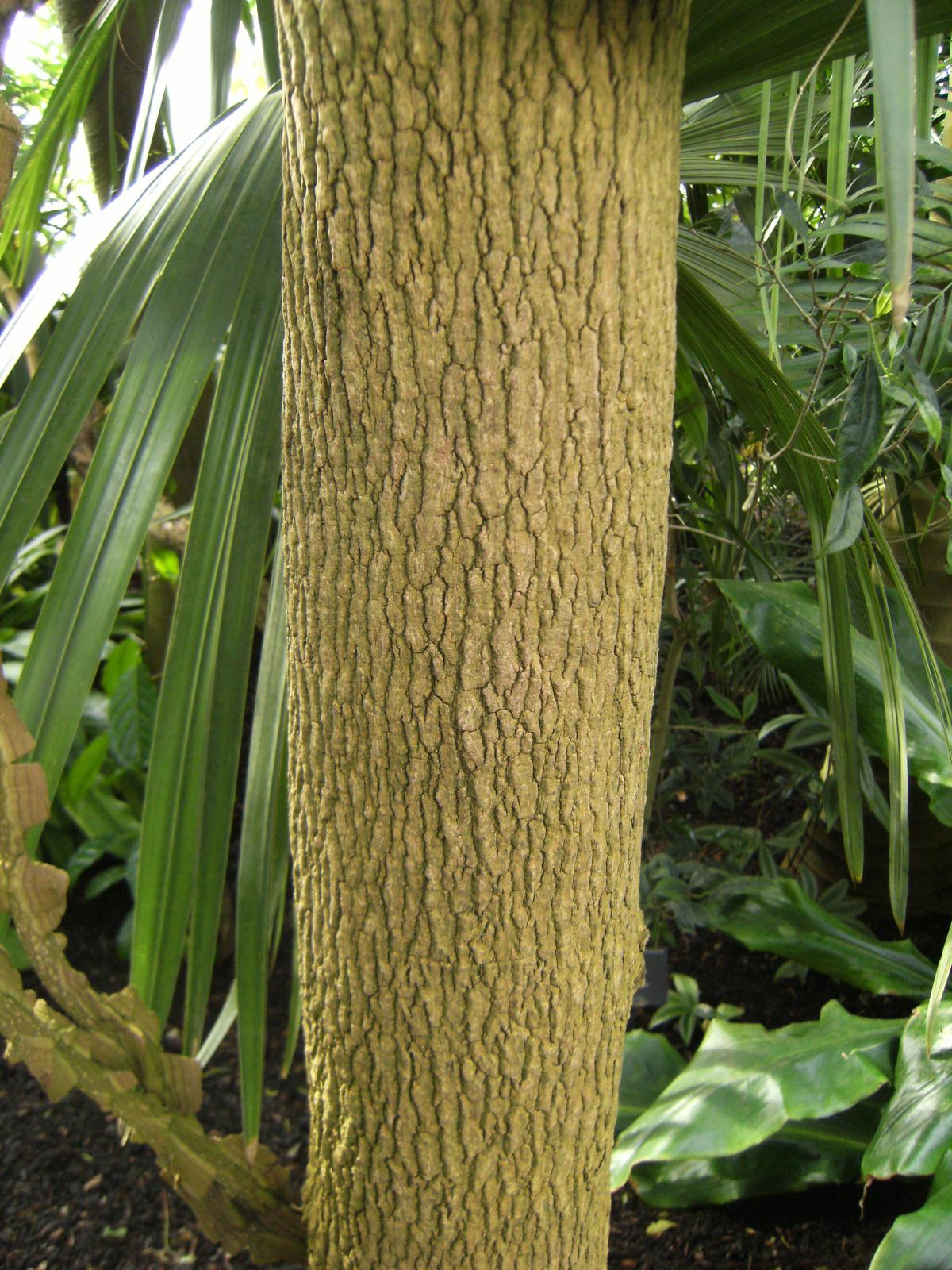


Tamarind Tamarindus Indica Feedipedia
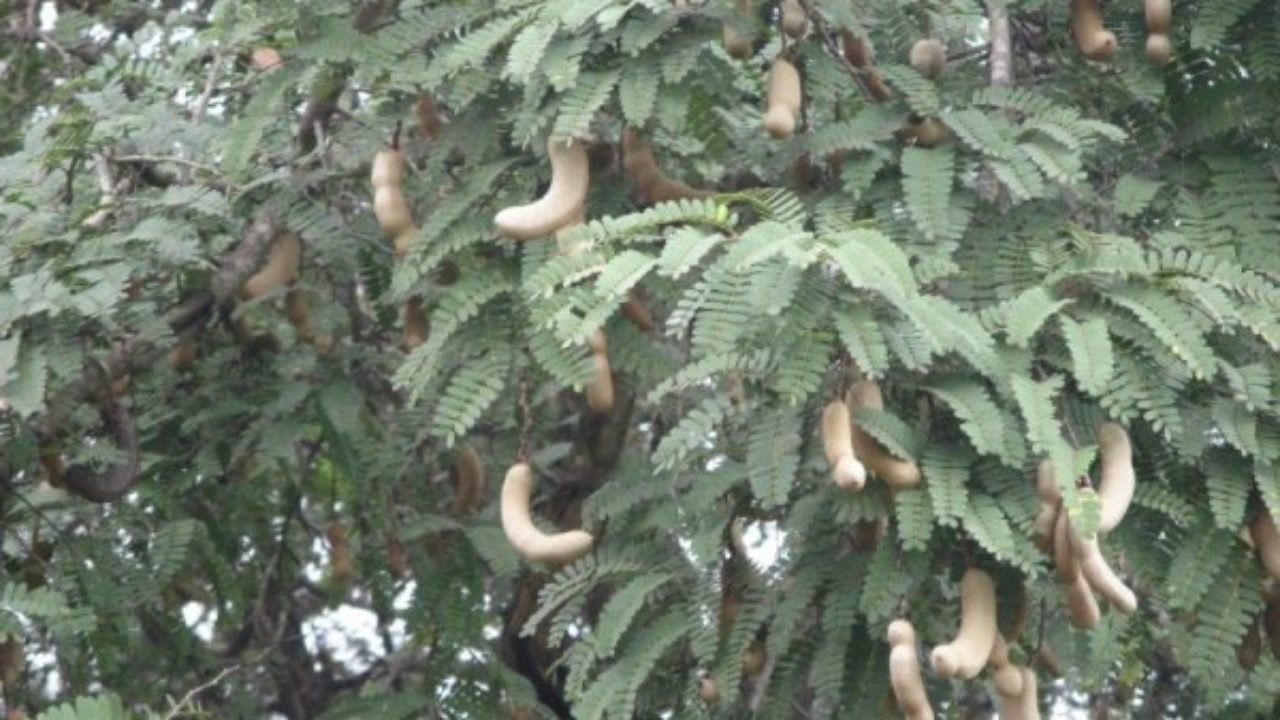


Tamarind Tree Itslife In
· Tamarind leaves, commonly known as 'Imli Patta' in India are the leaves of plant Tamarindus Indica which is a tall shade tree native to AfricaGanoderma Lucidum (Lingzhi Mushroom) Acacia TreeGreen leaves of the horse tamarind plant, the lead tree, genus Leucaena Acacia, with white green brown flowers on white background Tamarind tree (Tamarindus indica) tropical tree in the northeast of Thailand isolated on white background Big tamarind tree


Wild Tamarind Lysiloma Latisiliquum



Tamarindus Indica Tamarind Tree 10 Seeds Buyrareseeds
Wild Tamarind Lysiloma latisiliquum Mediumsized, to 60 feet or so, this is primarily a West Indian species with a range that extends to southern Florida where it grows on hammocks or in pinelands, most often near the coast It has whitish bark and lacks spines The crown is rounded, and the leaves are bipinnately compound There are 0 pairs of leaflets on each segment;Both trees have showy flowers that cover the tree when they bloom The jacaranda has 1inch, trumpetshaped, lavenderblue flowers that grow in dense clusters 6 to 10 inches long The lightly fragrant flowers bloom in the spring, sometimes before the leaves appear, and into the summer The poinciana has large clusters of brilliant redorange flowers in early summer and midsummer Each flowerWhat most folks don't realize is that Tamarind leaves are also edible raw or cooked Once one notices it is easy to see the Tamarind (Tamarindus indica tamahRINdus innDICah) is in the greater pea family (and most of them not edible) The Tamarind is native to Africa and is also monotypic, that is, it is the only tree in its genus



Local Guides Connect Edible Plants Edible Flowers In Cambodia Local Guides Connect
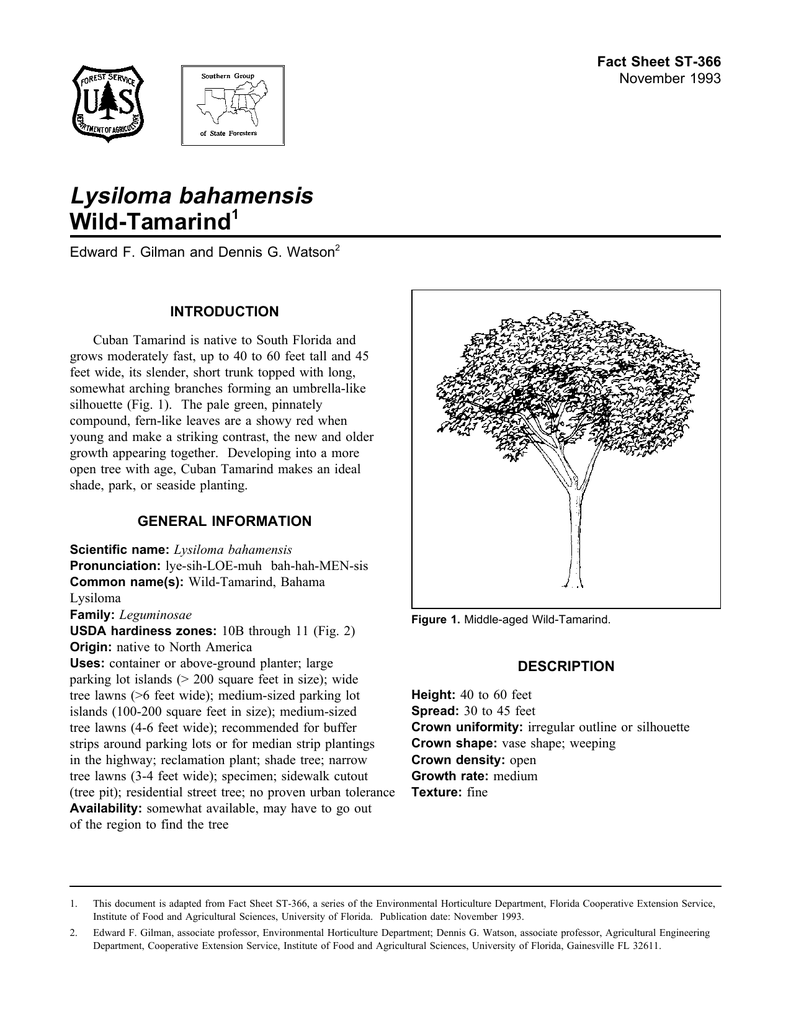


Lysiloma Bahamensis Wild Tamarind Fact Sheet St 366 1
The leaves are about 15 cms long, and the leaflets about 23 cms long Tamarind trees produce inconspicuous yellow flowers that with orange and red streaks Fruits are the distinguishing feature of Tamarind trees – long, brown bulgy pods that hang all over the tree like decorations The pods are 0 cms long, containing a fleshy pulp that isTree Size 4060 (80) ft tall by 3050 ft wide Life Span Longlived perennial Flower Color White Fruit Color Black Phenology Deciduous Noted for Interesting foliageTamarind fruits are mainly collected in the wild in semiarid areas of the country and marketed through informal channels Mombasa is the terminal market for tamarind from Kenya and Uganda, from where domestic consumers and exporters obtain their supplies Globally, virtually every part of tamarind tree (pulp, seed, leaves, flowers, bark and roots)



Leucaena Diversifolia Tropical Forages



Lysiloma Latisiliquum Wild Tamarind Treeworld Wholesale
Tamarind Leaf Stock Photos And Images 123RF Download Tamarind leaf stock photos Affordable and search from millions of royalty free images, photos and vectors PhotosBut tamarind trees exude toxic vapours (or so it is claimed) and make you feel ill;The tamarind tree is native to Africa, is from the bean and pea family, and is grown both as a fruit and shade tree Its yelloworange flowers are quite attractive The tamarind tree grows well in semidry tropical climate as well as in humid tropical areas It can develop up to 25m tall, with 3" – 8" brown podlike fruits The tamarind tree was introduced in America in the 16th century



Wild Tamarind Tree Page 1 Line 17qq Com
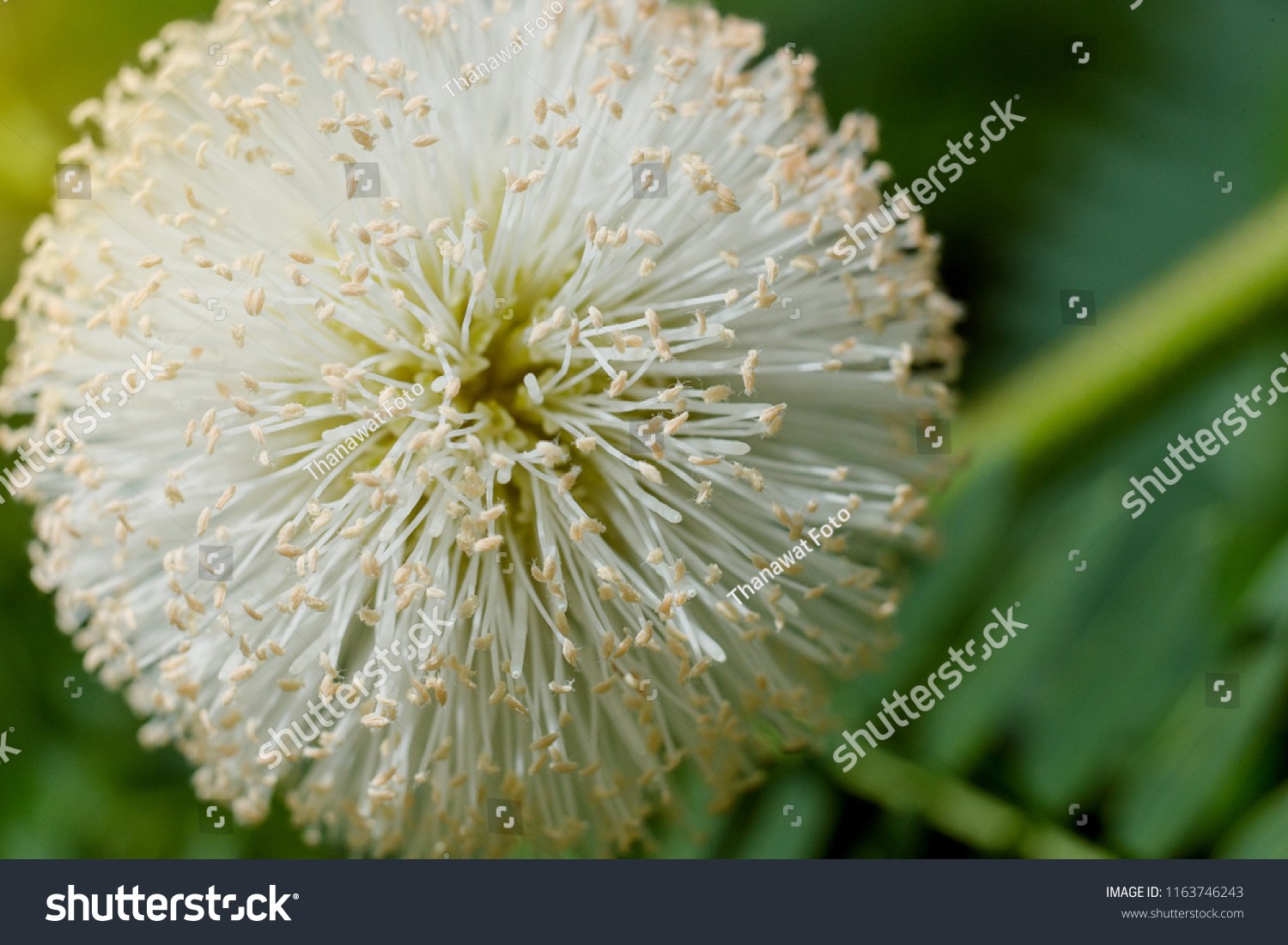


Pollen White Popinac River Tamarind Leucaena Stock Photo Edit Now
· Tamarind is one plant that has a myriad of health benefits From the fruit pulp to the leaves and the bark—each part of the tamarind plant offers hundreds of benefits This article focuses on the benefits of tamarind leaves Tamarind is generally used in Indian dishes to impart a classic sour tastePrices and download plans Sign in Sign up for FREE Prices and download plansTamarind tree can grow up to 25 meters with a spread of 12 meters and stays evergreen in regions without a dry season Tamarind timber consists of hard, dark red heartwood and softer, yellowish



Lysiloma Latisiliquum Wild Tamarind Treeworld Wholesale



Diploglottis Australis Wikipedia
Primary Meanings of wild tamarind 1 n common thorny tropical American tree having terminal racemes of yellow flowers followed by sickleshaped or circinate edible pods and yielding good timber and a yellow dye and mucilaginous gum 2 Subsequently, question is, is Tamarind Tree harmful?Tamarind flower blooming on the tree (Scientific nameTamarindus indica) Leucaena leucocephala tree, flower and seed pods Leucaena leucocephala tree, flower and seed pods https//wwwalamycom/licensesandpricing/?v=1 https//wwwalamycom/leucaenaleucocephalatreeflowerandseedpodsimagehtmlA blackish brown, oval, velvet shelled fruit, about 2 cm long, 15 cm wide and 05 cm thick and produced in clusters, is freely available in many markets aro



Tamarind Manual Grafting Trees



The Tamarind A Tree Well Traveled Family Travel Africa
Welcome everyone to yet another great video presentation from Agrosuede Backyard Gardening!Wild Tamarind Lysiloma latisiliquum Wild Tamarind is native to hammocks within Everglades National Park and portions of the Upper Keys This large, fast growing tree will reach 50 feet or more in height It will do well through Palm Beach County and survive freezing temperatures for short periods This is a great spreading accent tree with tiny leaflets that fall briefly in late winterLate summer to fall Fruits A green pod that turns brown, to 10 cm long, the pulp that surrounds the seeds is edible;



Pithecellobium Dulce Blackbead Manila Tamarind Buy Seeds At Rarepalmseeds Com



Pink Flowering Maple Art Flower Floral Design Graphy Tamarind Botany Leaf Png Pngegg
Making it ideal for furniture and the making of tools Among its less obvious uses, the leaves of the tamarindIn this weekend's video presentation I will give you a long await
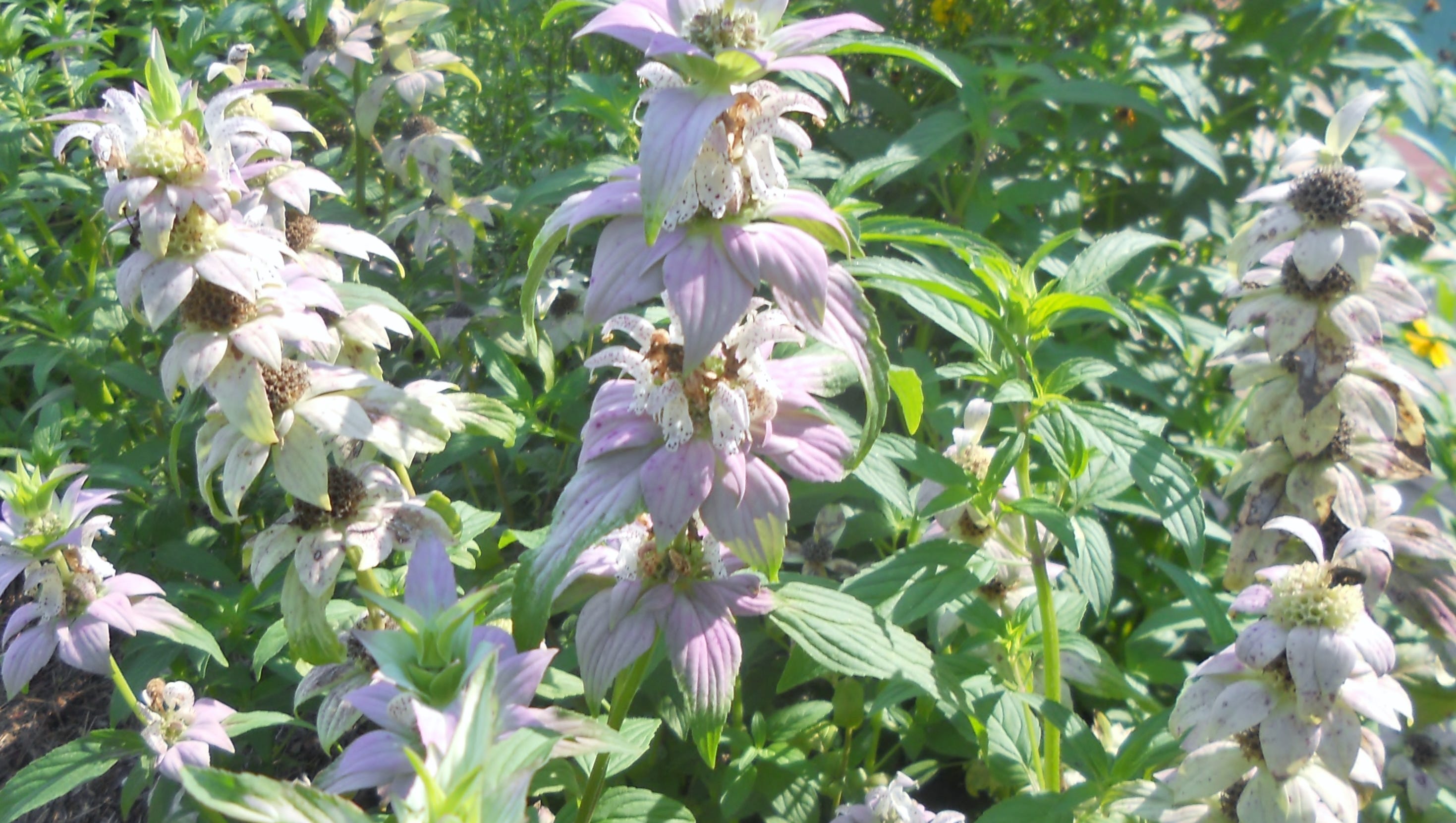


These Plants Will Help You Keep The Mosquitoes Away
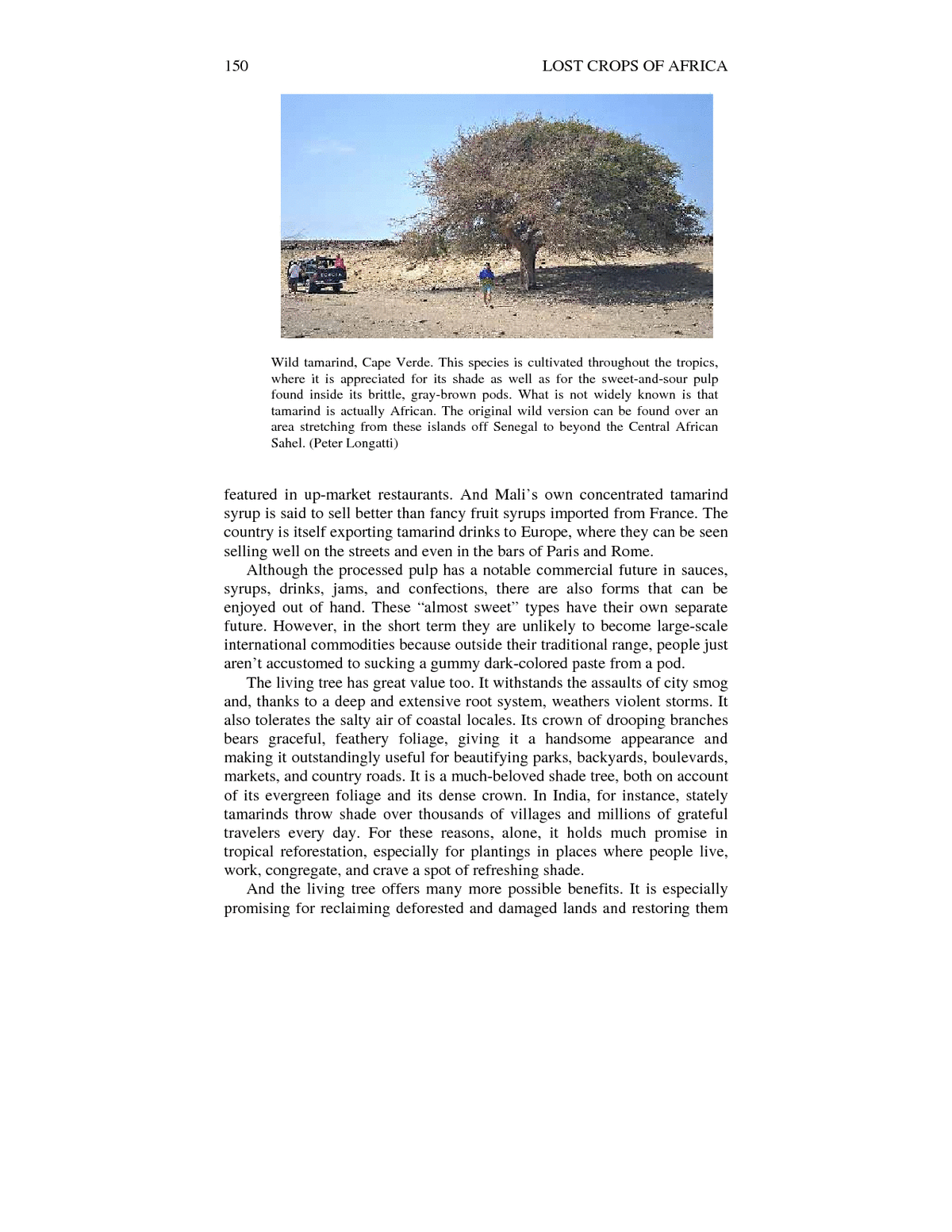


9 Tamarind Lost Crops Of Africa Volume Iii Fruits The National Academies Press



Petai Belalang Or Herbal Ipil Ipil Beans Leucaena Leucocephala Buah Burung Cantik Burung



The Tamarind Tree By 14god On Deviantart



Dialium Indum Velvet Tamarind Tamarind Plum Buy Seeds At Rarepalmseeds Com



Leucaena Leucocephala Horse Tamarind Wild Tamarind Lead Tree Flora Toskana


Lysiloma Latisiliquum Useful Tropical Plants



Wild Tamarind St John Life


Wild Tamarind Leon Levy Native Plant Preserve



Plants Flowers Trees Of Vietnam Vietnam Coracle Independent Travel Guides To Vietnam



Wild Tamarind Flowering Plants For Apis Mellifera Adansonii Scutellata African Bee In Senegal West Africa Inaturalist



Leucaena Leucocephala Horse Tamarind Wild Tamarind Lead Tree Flora Toskana



Lysiloma Latisiliquum Species Page Isb Atlas Of Florida Plants



Leucaena Leucocephala Tropical Forages
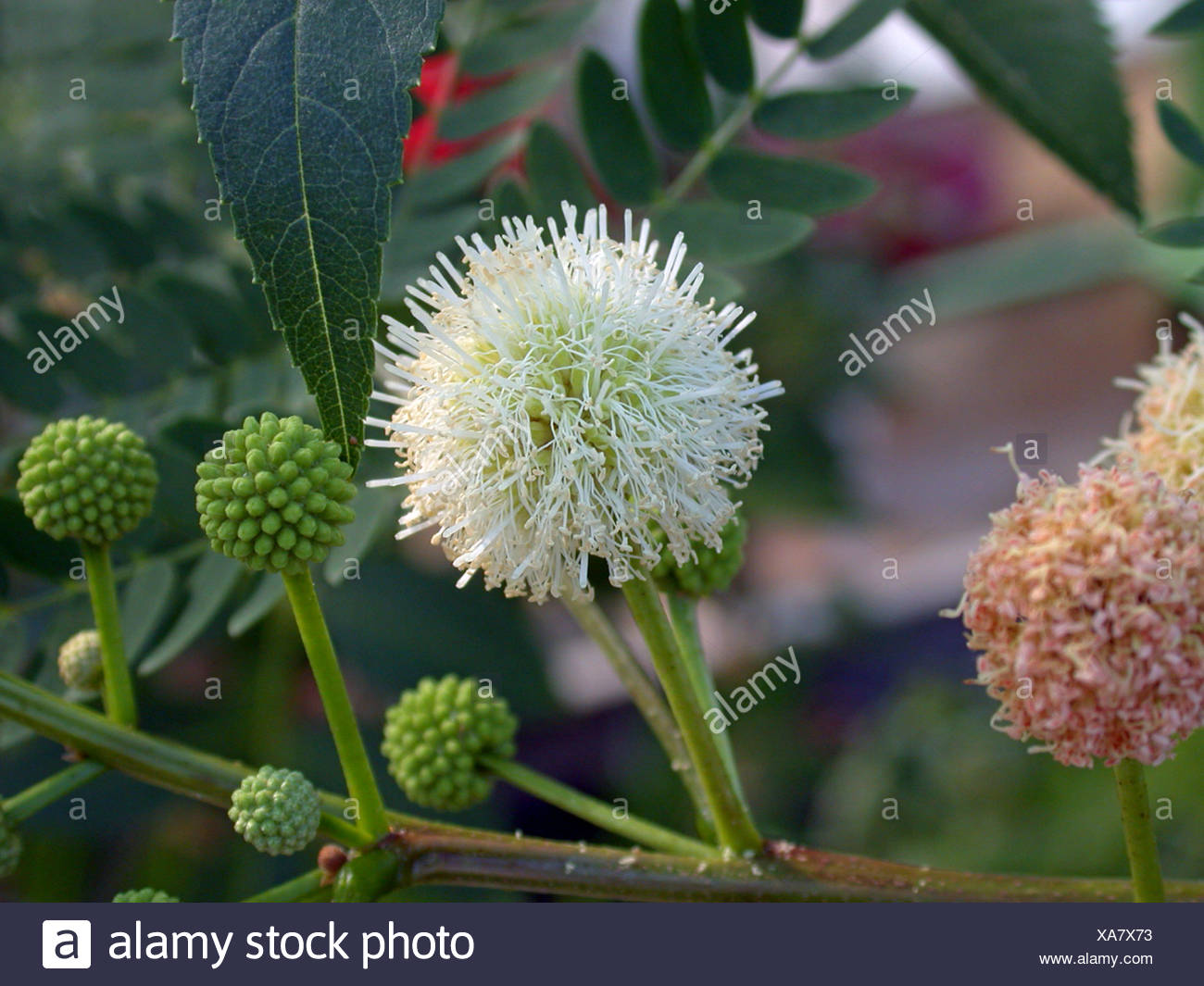


White Leadtree Wild Tamarind Jumbay White Popinac Leucaena Leucocephala Blooming Stock Photo Alamy



Wild Tamarind Leucaena Leucocephala More Info Clicked Flickr



Taking Root Seasonal Gardening Advice
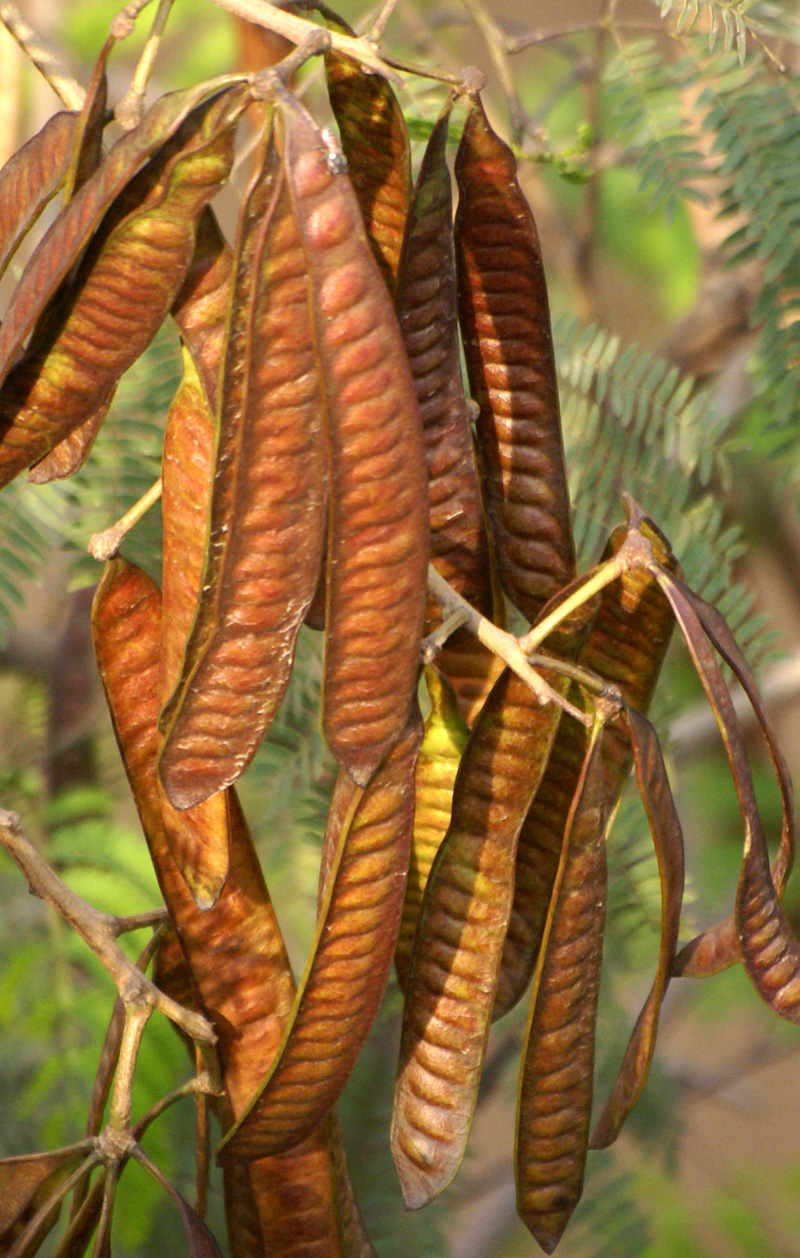


Leucaena Leucocephala Efloraofindia



Close Up Flower Of White Popinac Lead Tree Horse Tamarind Or Stock Photo Picture And Royalty Free Image Image



Amazon Com Wild Tamarind 15 Seeds Leucaena Leucocephala Fast Grower Multi Purpose Blooms All Year Rare Unusual Tropical Plants Nitrogen Fixing Garden Outdoor


Attracting Birds Butterflies And Beneficial Wildlife With Florida Native Plants Home Plants For Sale Available Now Native Trees And Shrubs Of Florida Gallery Native Wildflowers And Groundcovers Gallery Native Landscapes Inspiring Natural Areas Search


Carrotwood Tuckeroo Eat The Weeds And Other Things Too



River Tamarind Leucaena Plant Stay Home Relax กระถ น ร มร ว Youtube
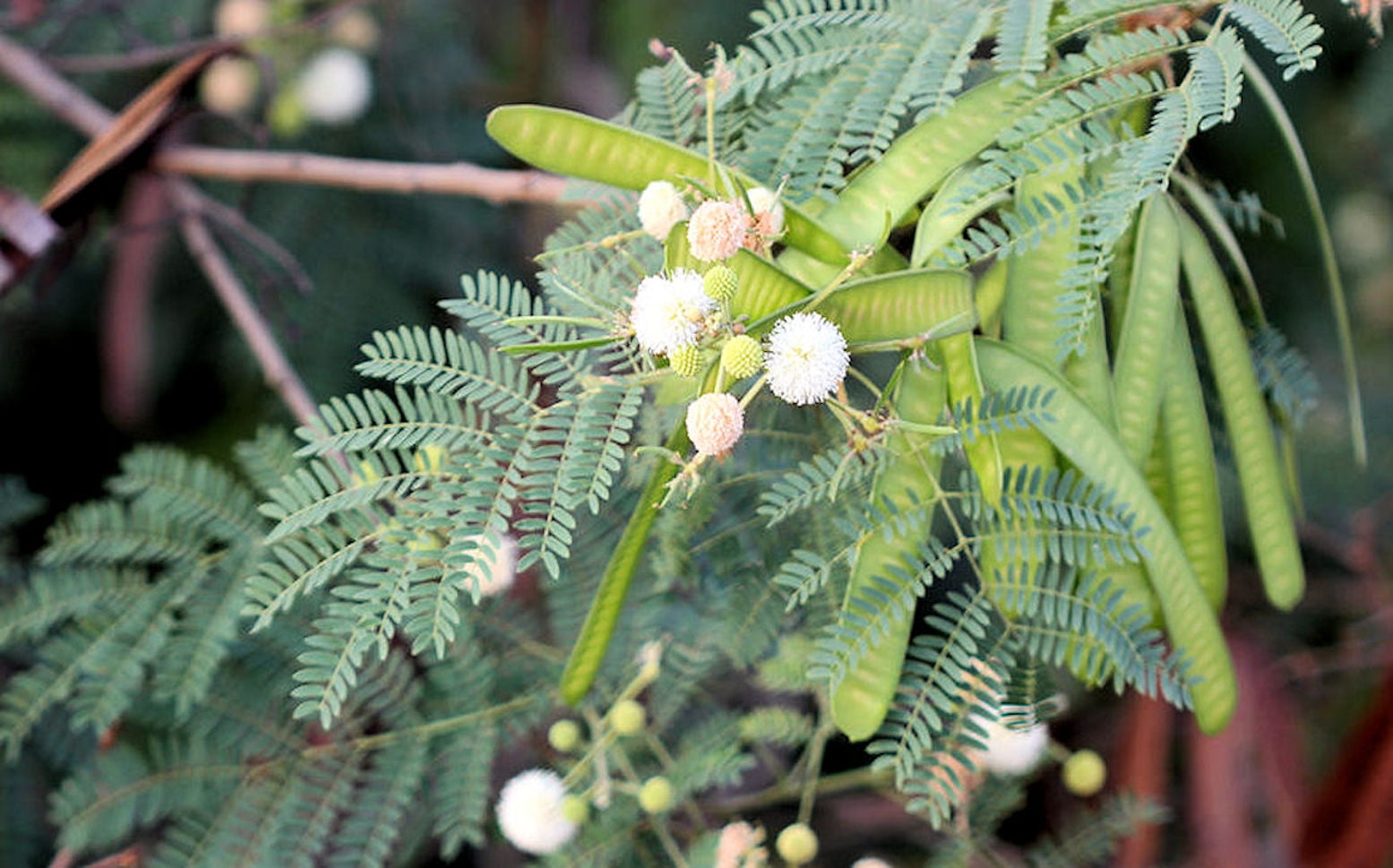


Wild Tamarind Seeds Multi Purpose Tree Blooms All Year Rare Unusual Tropical Plants Nitrogen Fixing Leucaena Leucocephala Walmart Com Walmart Com



Young Shoots Of White Popinac Wild Tamarind Leadtree On The Stock Photo Picture And Royalty Free Image Image


Tamarindus Indica L Plants Of The World Online Kew Science



White Popinac Leucaena Lead Tree Horse Tamarind Leaves And Flowers Stock Photo Image Of Jumbay Growth



Single Tamarind On Tree Ad Affiliate Single Tamarind Tree Plant Leaves Illustration Design Royalty Free Stock Photos
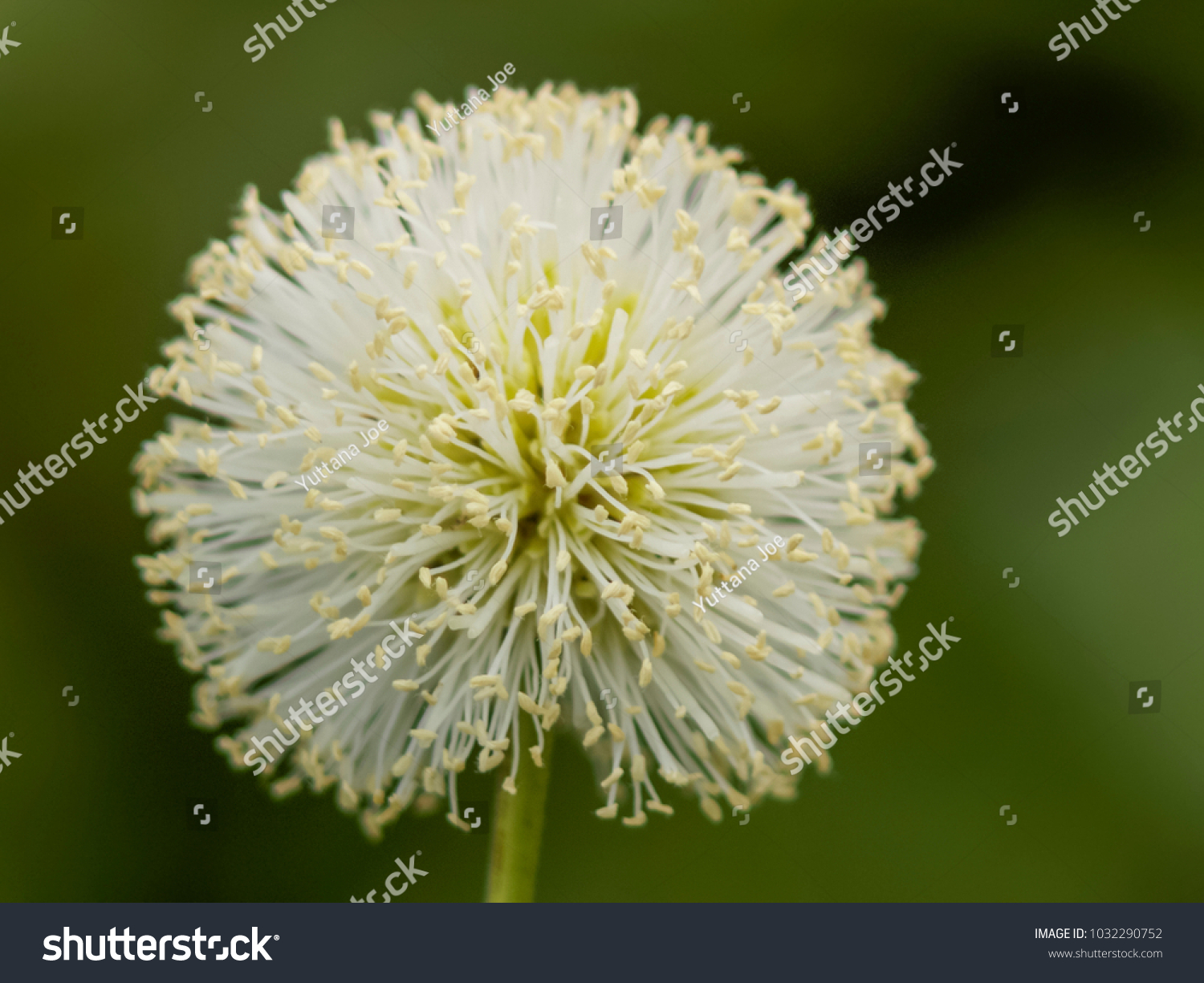


Close White Pollens Flower White Leadtree Stock Photo Edit Now



Characteristics Of Tamarind Tree Tamarindus Indica In The Wild Names Of Trees



1 470 Tamarind Flower Photos Free Royalty Free Stock Photos From Dreamstime
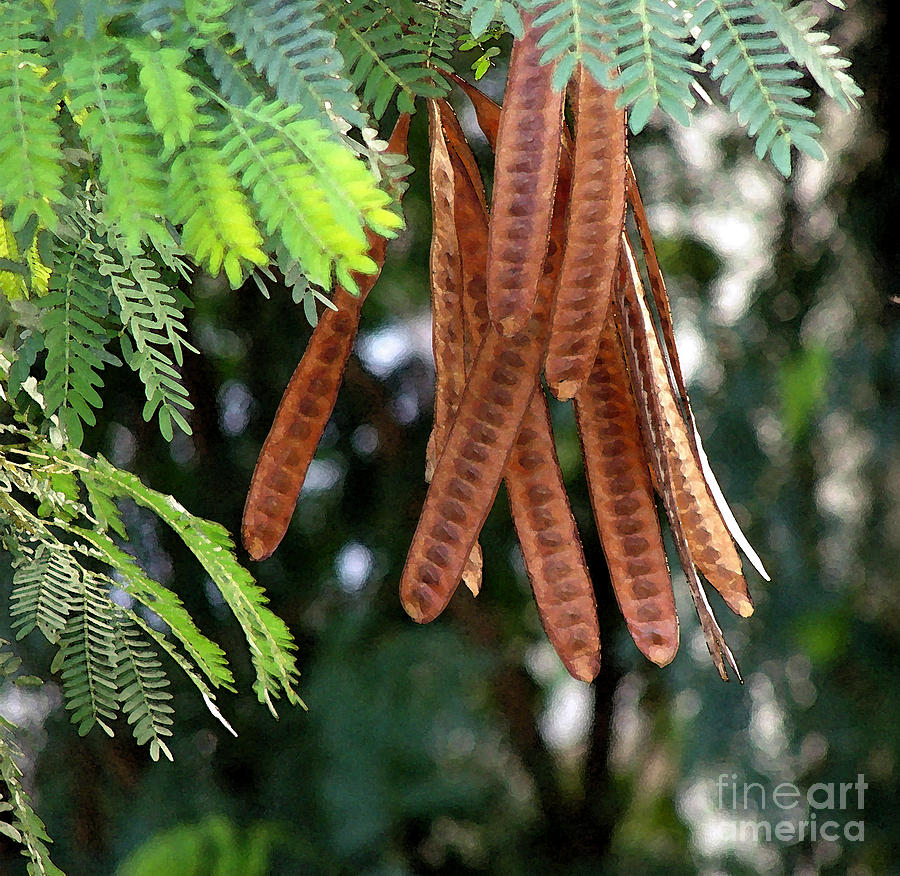


Wild Tamarind Photograph By Shariq Khan


Tamarindus Indica L Plants Of The World Online Kew Science
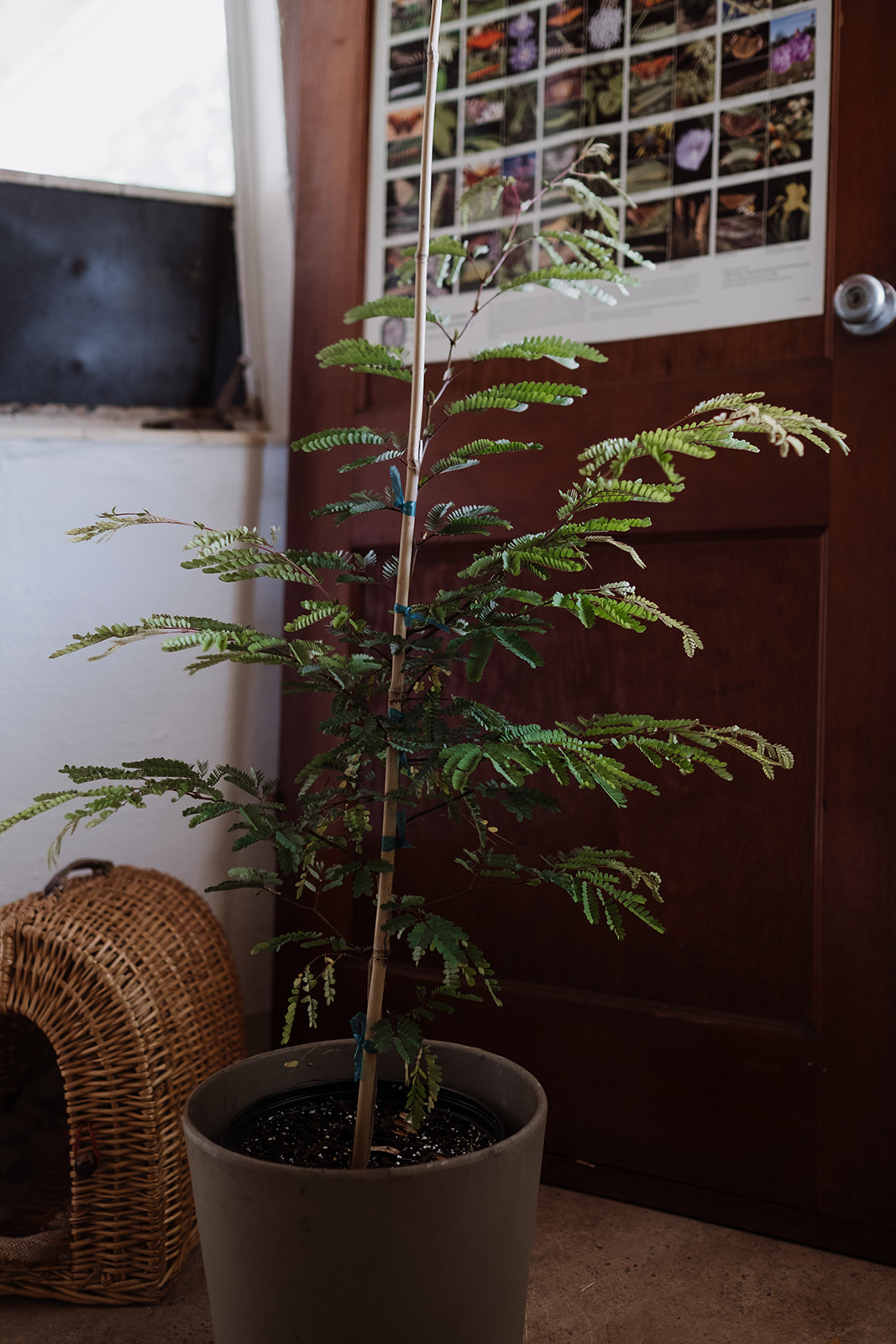


Wild Tamarind



Green Leaves Of White Popinac Leucaena Lead Tree Horse Tamarind Stock Photo Megapixl



585 Wild Tamarind Photos Free Royalty Free Stock Photos From Dreamstime



Green Seed And Young Green Leaves Of The White Popinac Or Horse Stock Photo Picture And Royalty Free Image Image
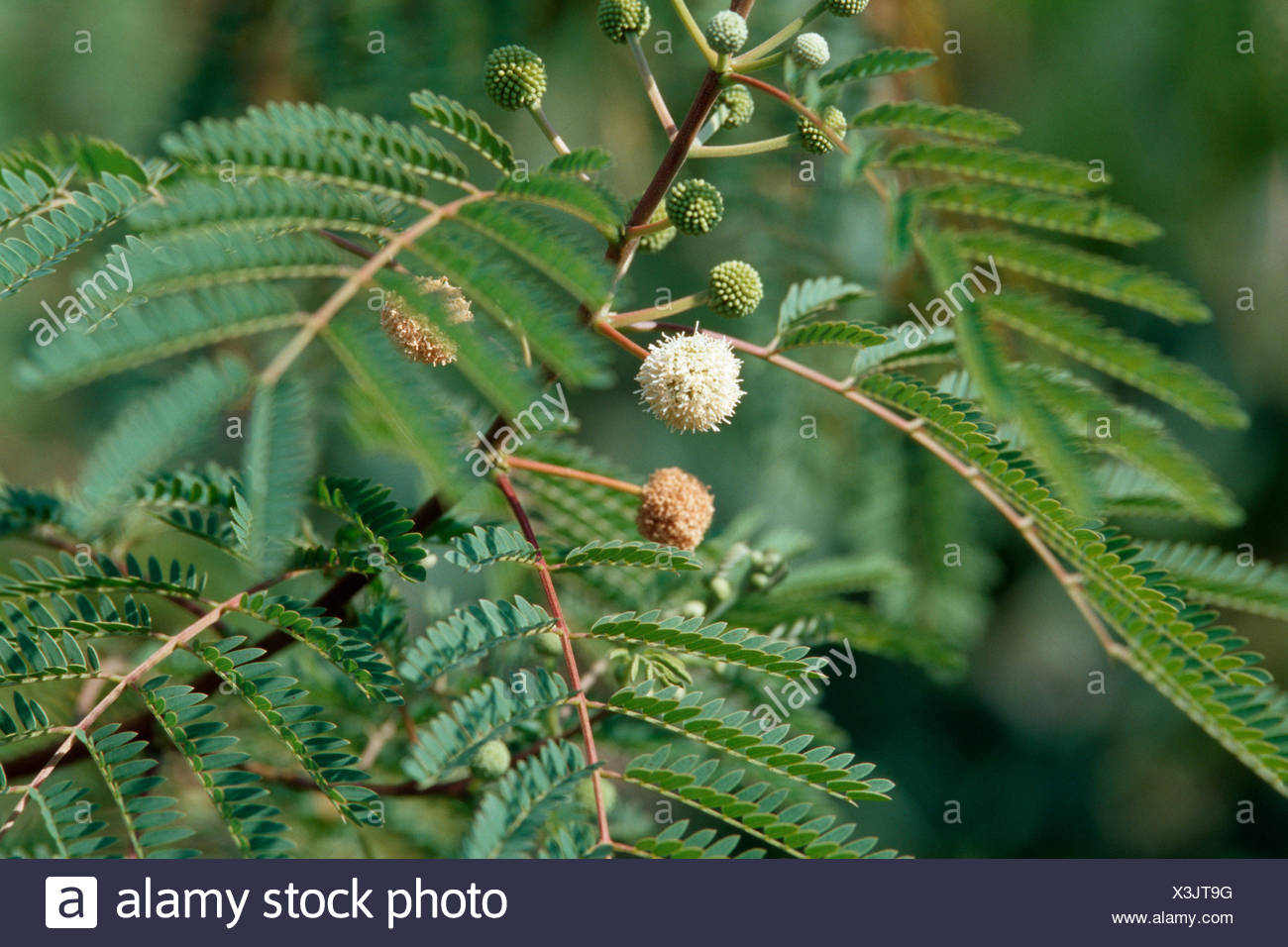


White Leadtree Wild Tamarind Jumbay White Popinac Leucaena Leucocephala Blooming Stock Photo Alamy



Plant Lover Wild Tamarind सफ द बब ल Subabul B N Facebook



Tamarindus Indica Tamarind Tree 10 Seeds Buyrareseeds



Farm Fresh Green Tamarind Tree Indian Fresh Tamarind Tree Tamarind Tree Indiantree Youtube
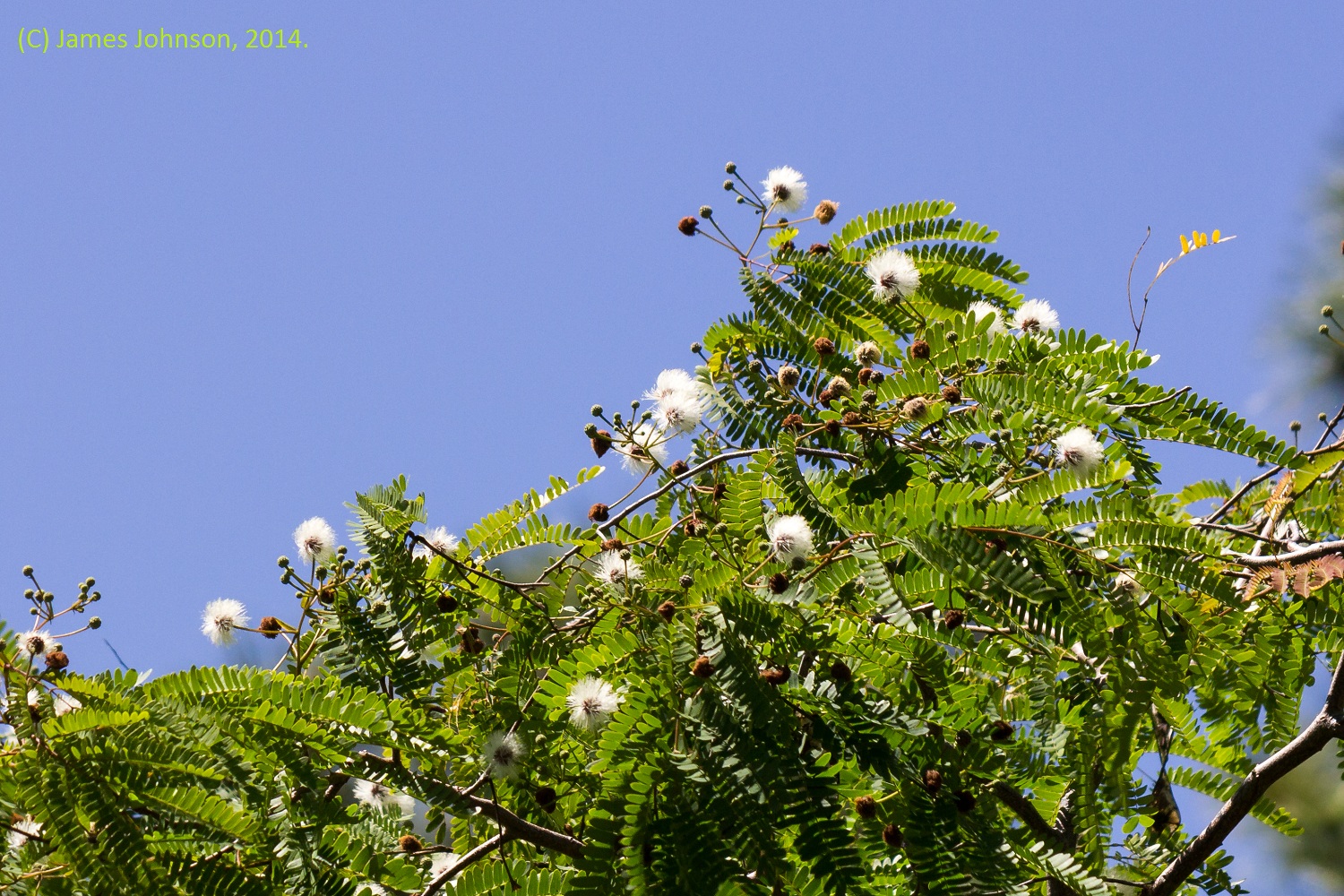


Irc Natives For Your Neighborhood



Black Locust



The Flower Of The Tamarind Tree Has Got To Be One Of The Most Delicate Flowers I Have Ever Seen Plant Leaves Delicate Flower Flowers



Fresh White Popinac Leaves On White Background Stock Photo Megapixl
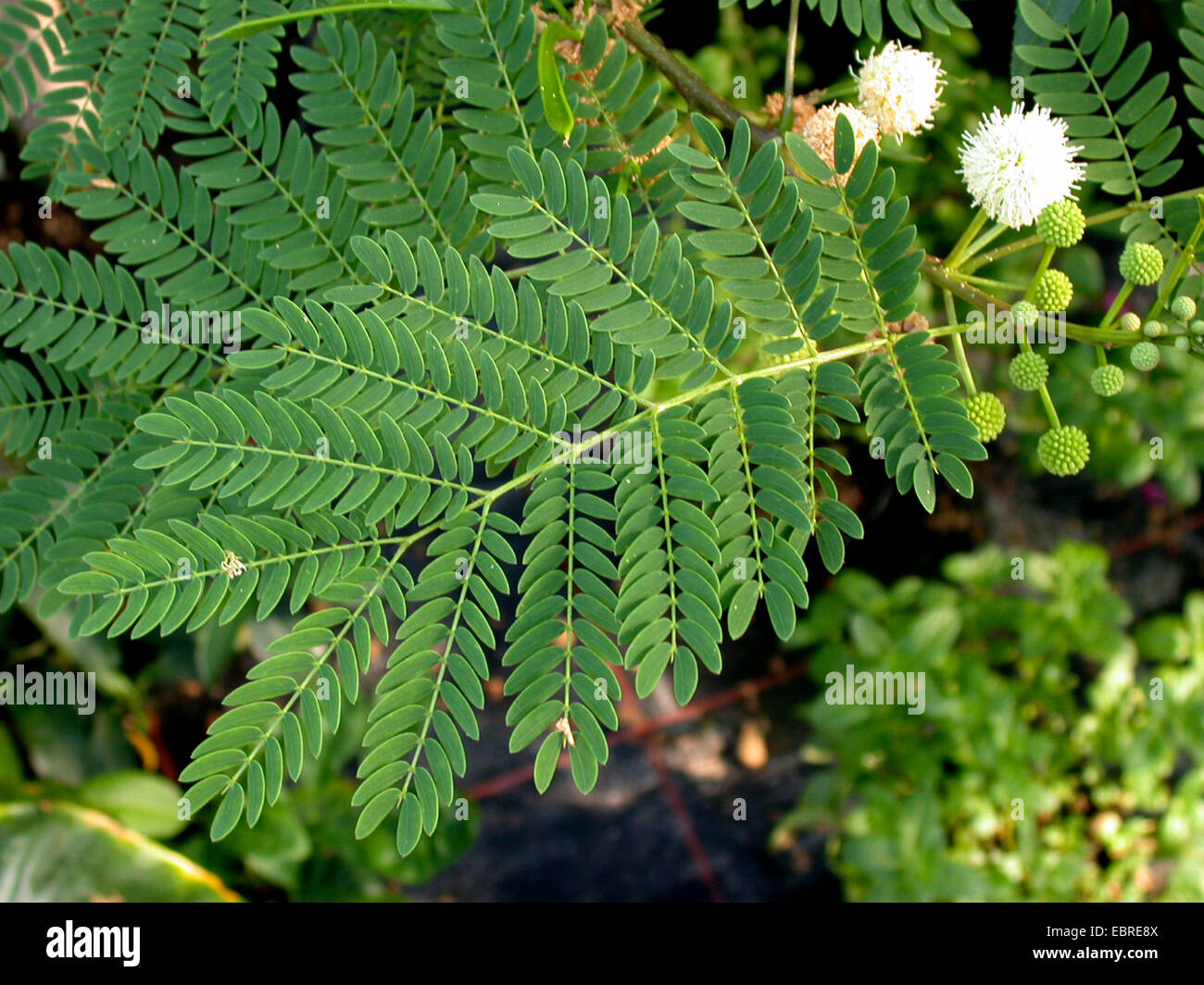


White Leadtree Wild Tamarind Jumbay White Popinac Leucaena Stock Photo Alamy


Interactions Between Bromeliads Wild Tamarind Trees
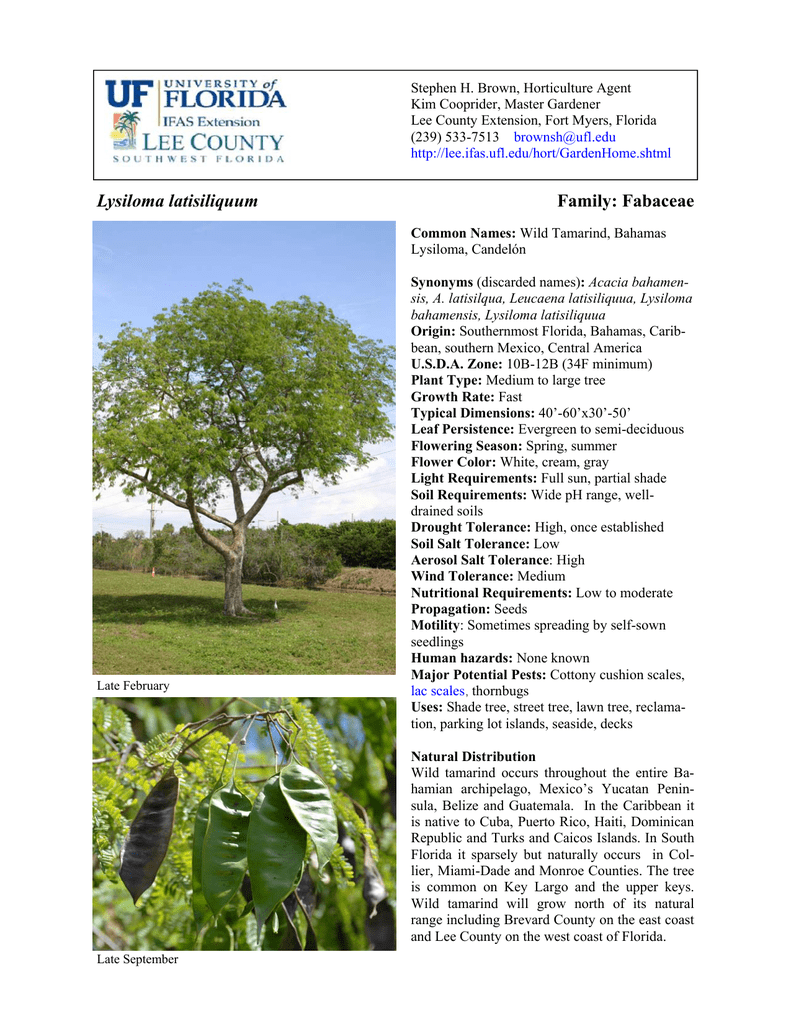


Lysiloma Latisiliquum Lee County Extension
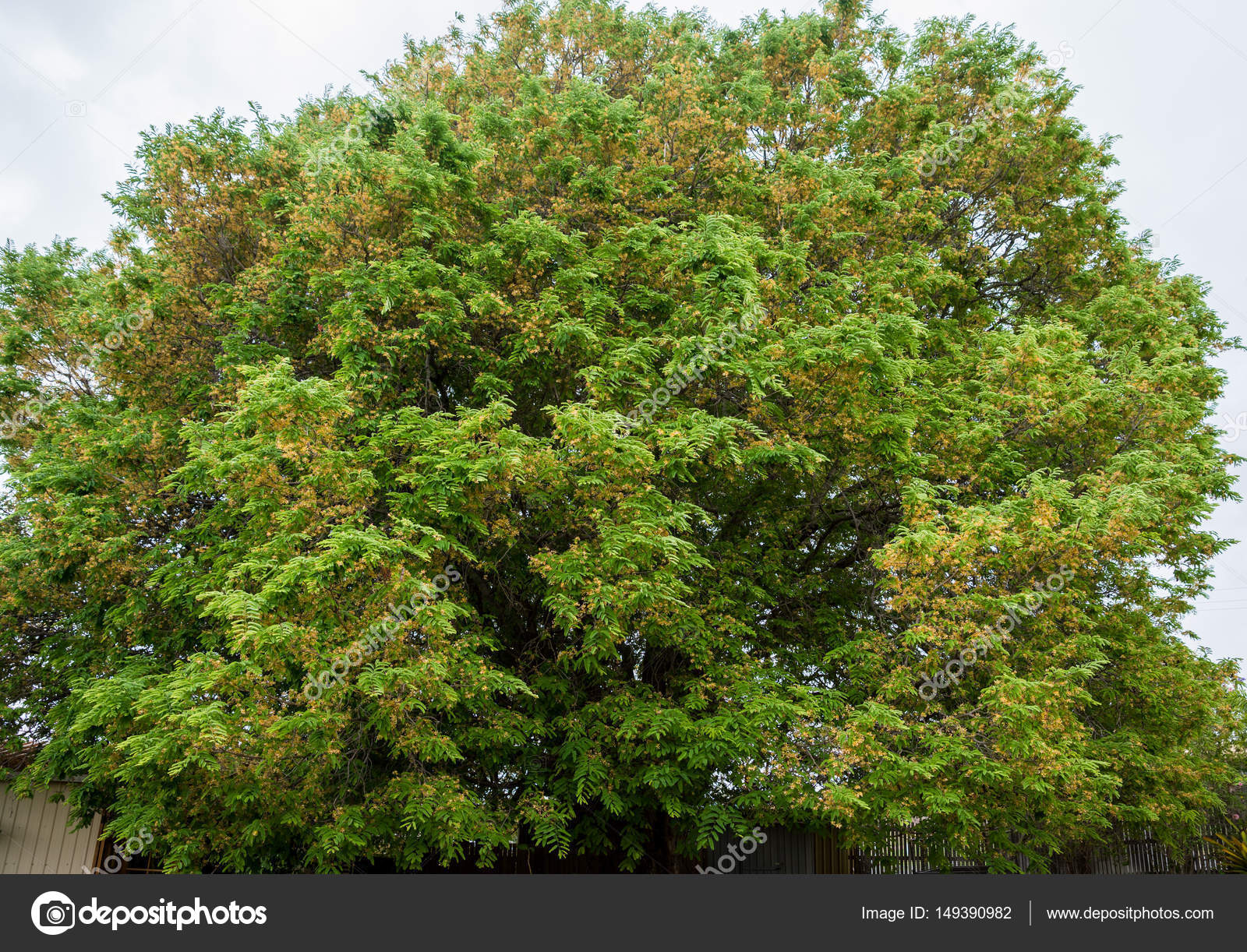


Huge Tamarind Tree Tamarindus Indica In Flower Stock Photo Image By C Shers



12 Edible Flowers Of India To Add To Your Pantry Conde Nast Traveller India Cnt Himalayan Top Restaurant Awards
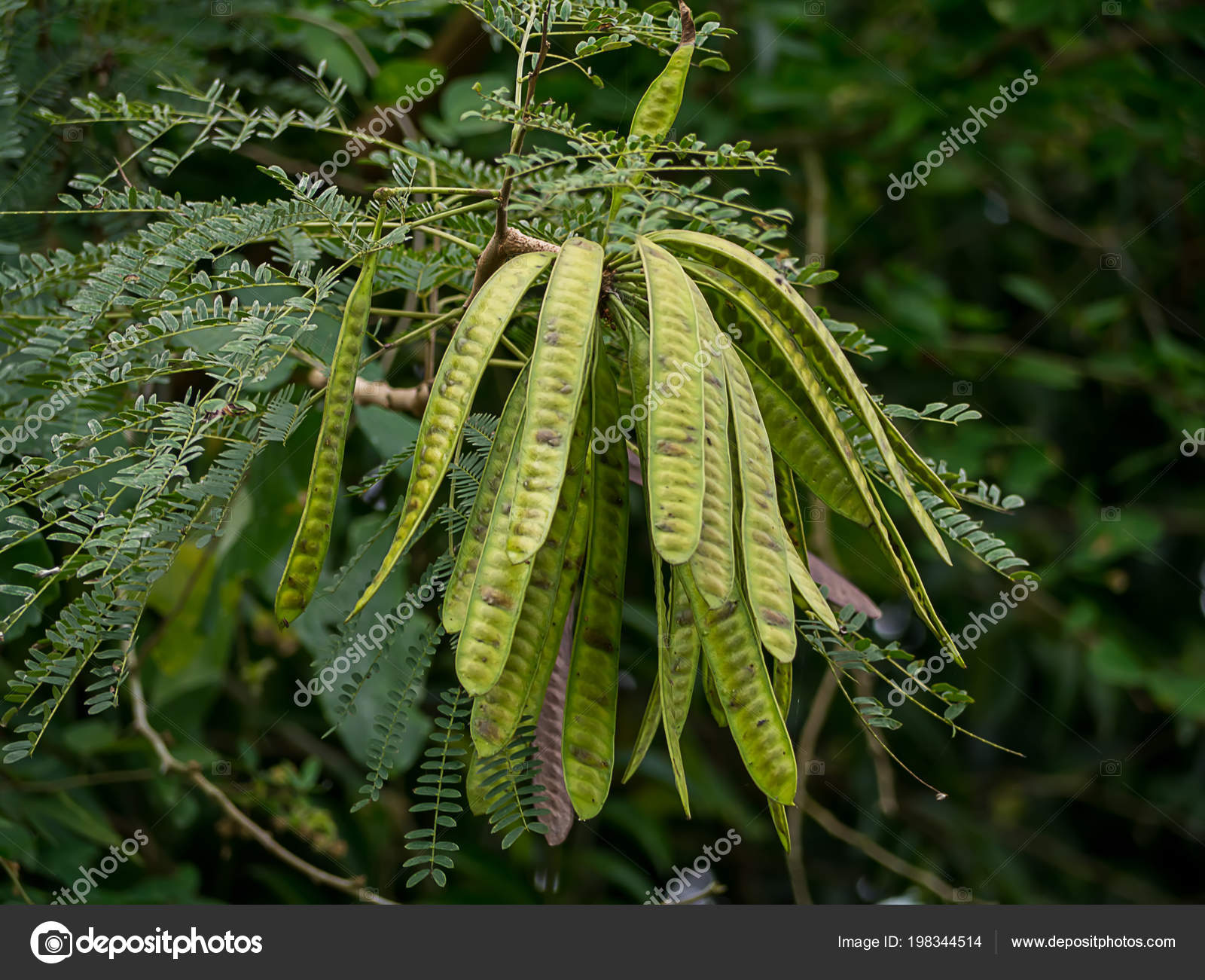


Close Wild Tamarind Tree Leucaena Leucocephala Stock Photo Image By C Noppharat Th
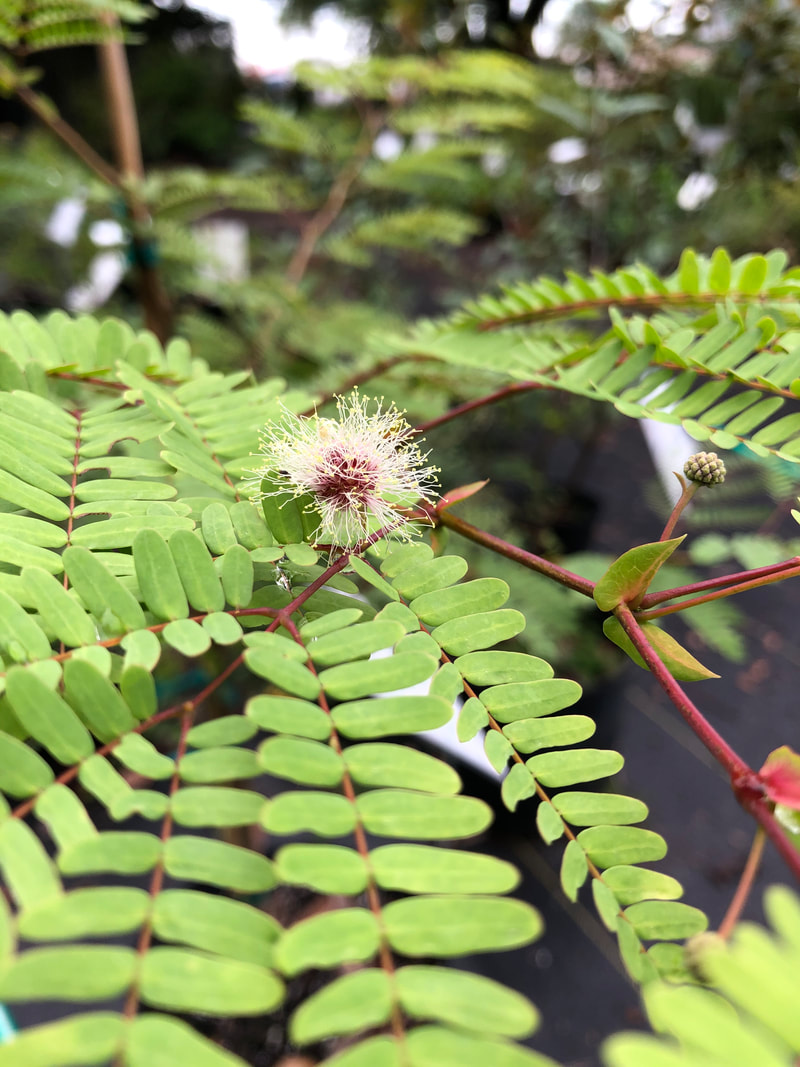


Wild Tamarind



Plantfiles Pictures Lysiloma Species False Tamarind Singing Beans Wild Tamarind Lysiloma Latisiliquum By Olddude



Mimosa Bonsai Tree Care Guide Albizia Julibrissin Bonsai Tree Gardener
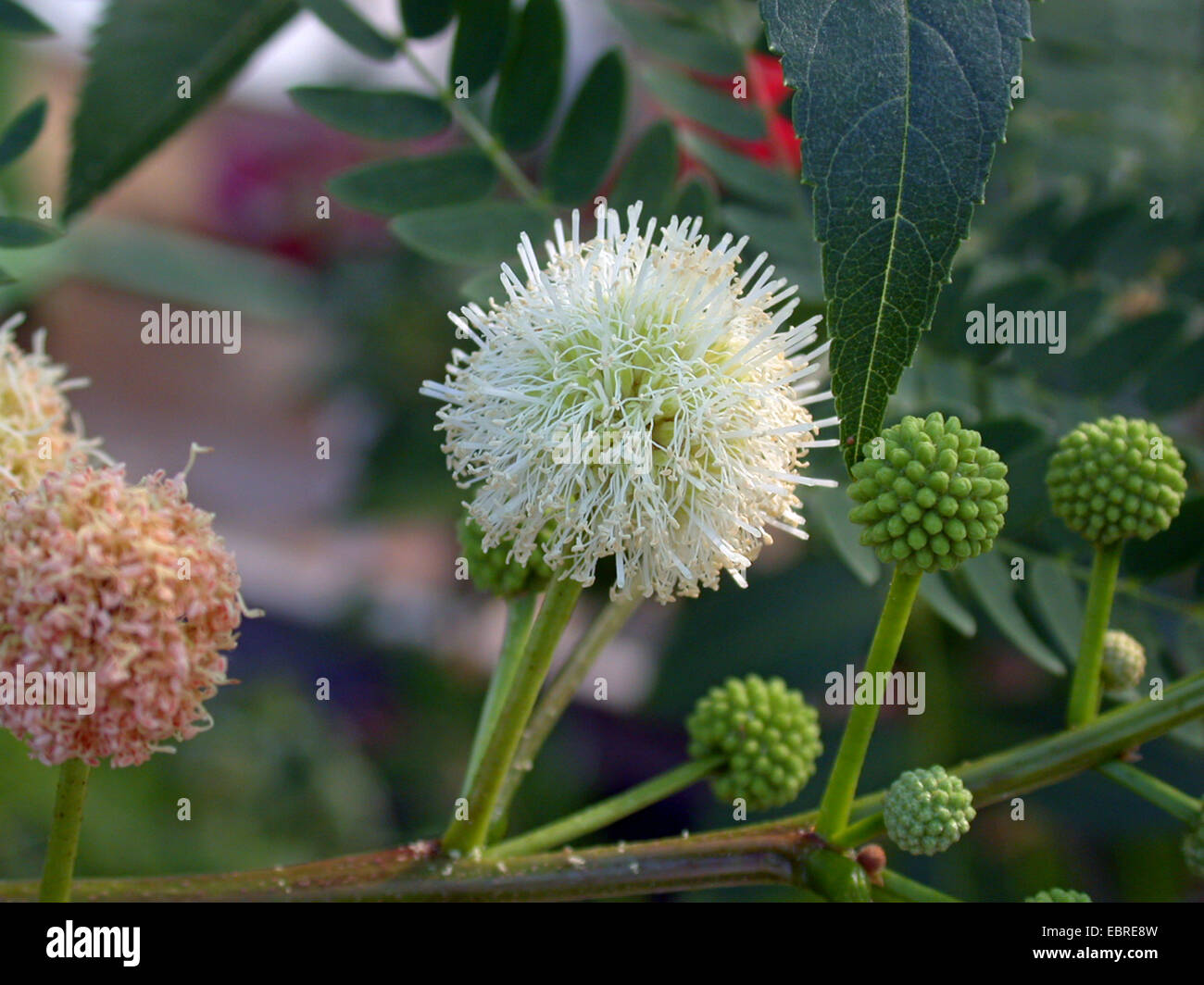


White Leadtree Wild Tamarind Jumbay White Popinac Leucaena Stock Photo Alamy



Tamarind Tree Flower Page 1 Line 17qq Com



Wild Tamarind Tree In Bloom Page 1 Line 17qq Com
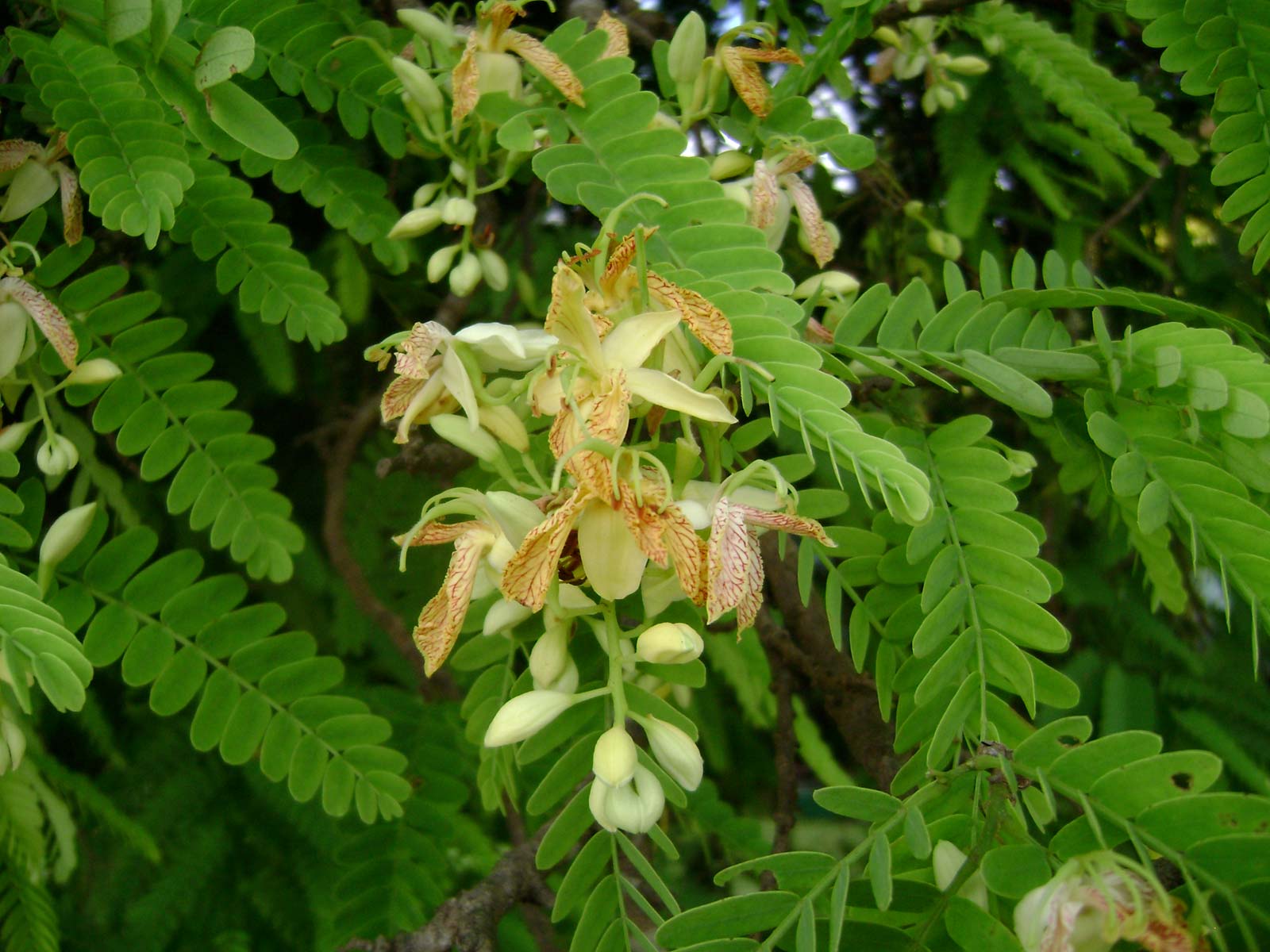


Tamarind Tamarindus Indica Feedipedia
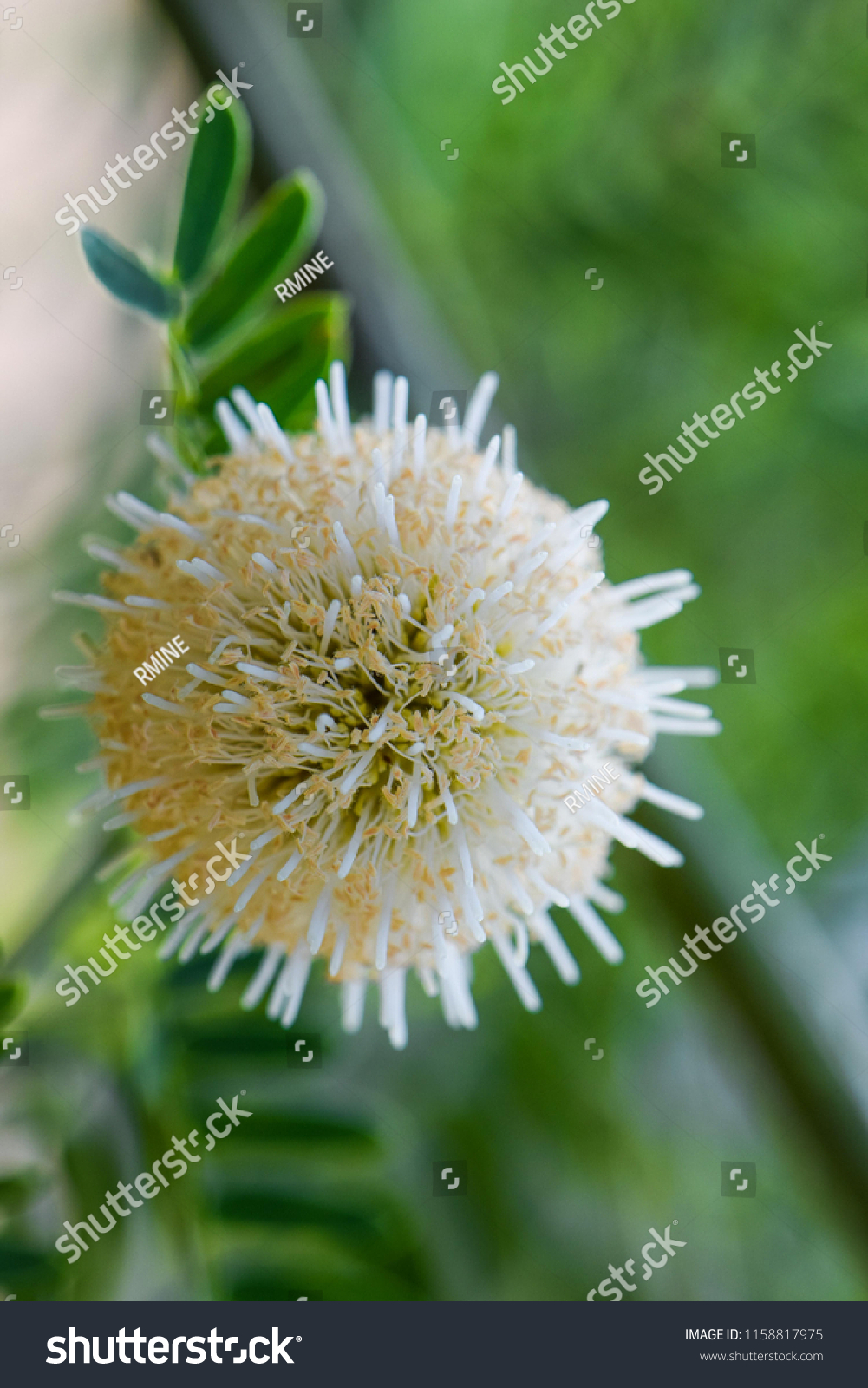


Pollen White Popinac River Tamarind Leucaena Stock Photo Edit Now
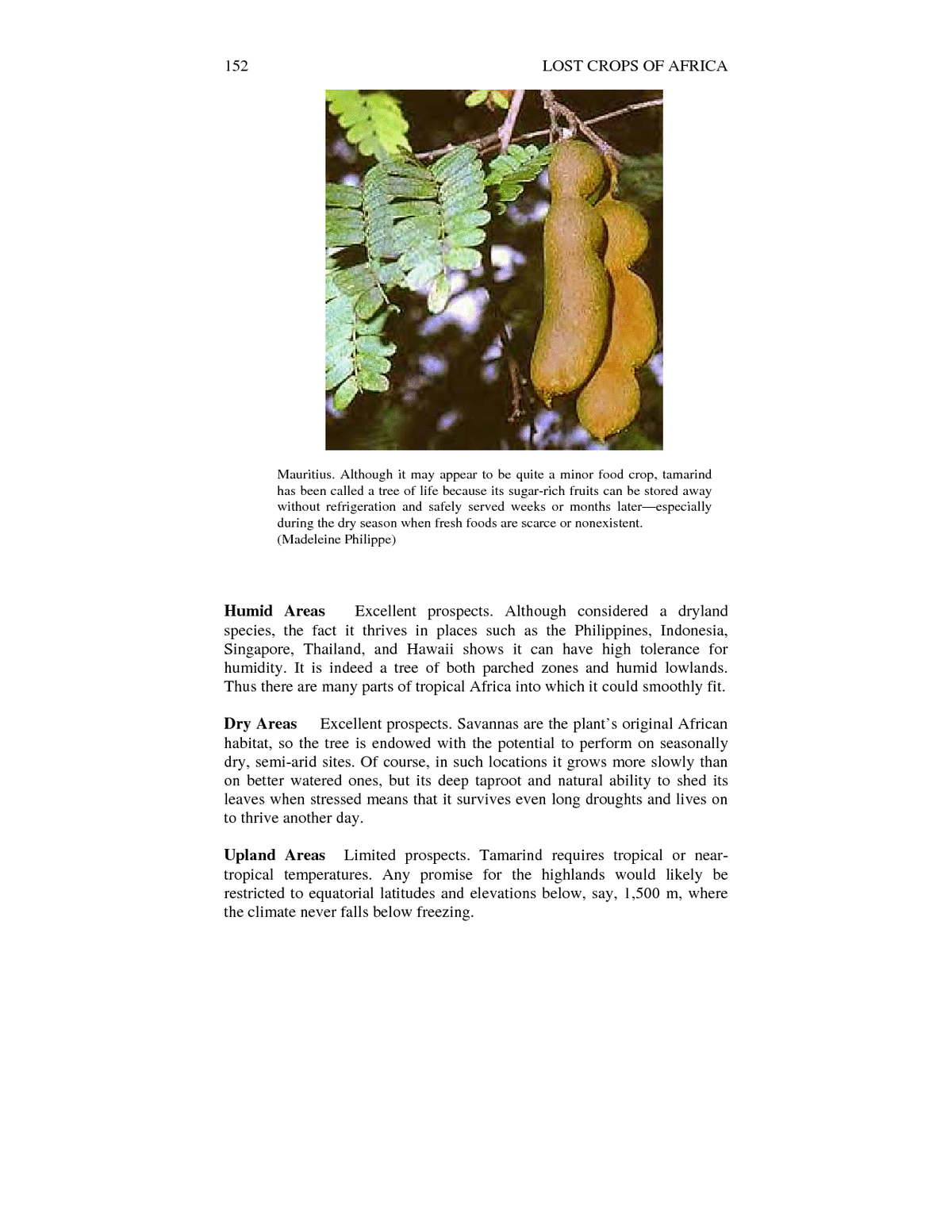


9 Tamarind Lost Crops Of Africa Volume Iii Fruits The National Academies Press


Tamarind South Florida Trees
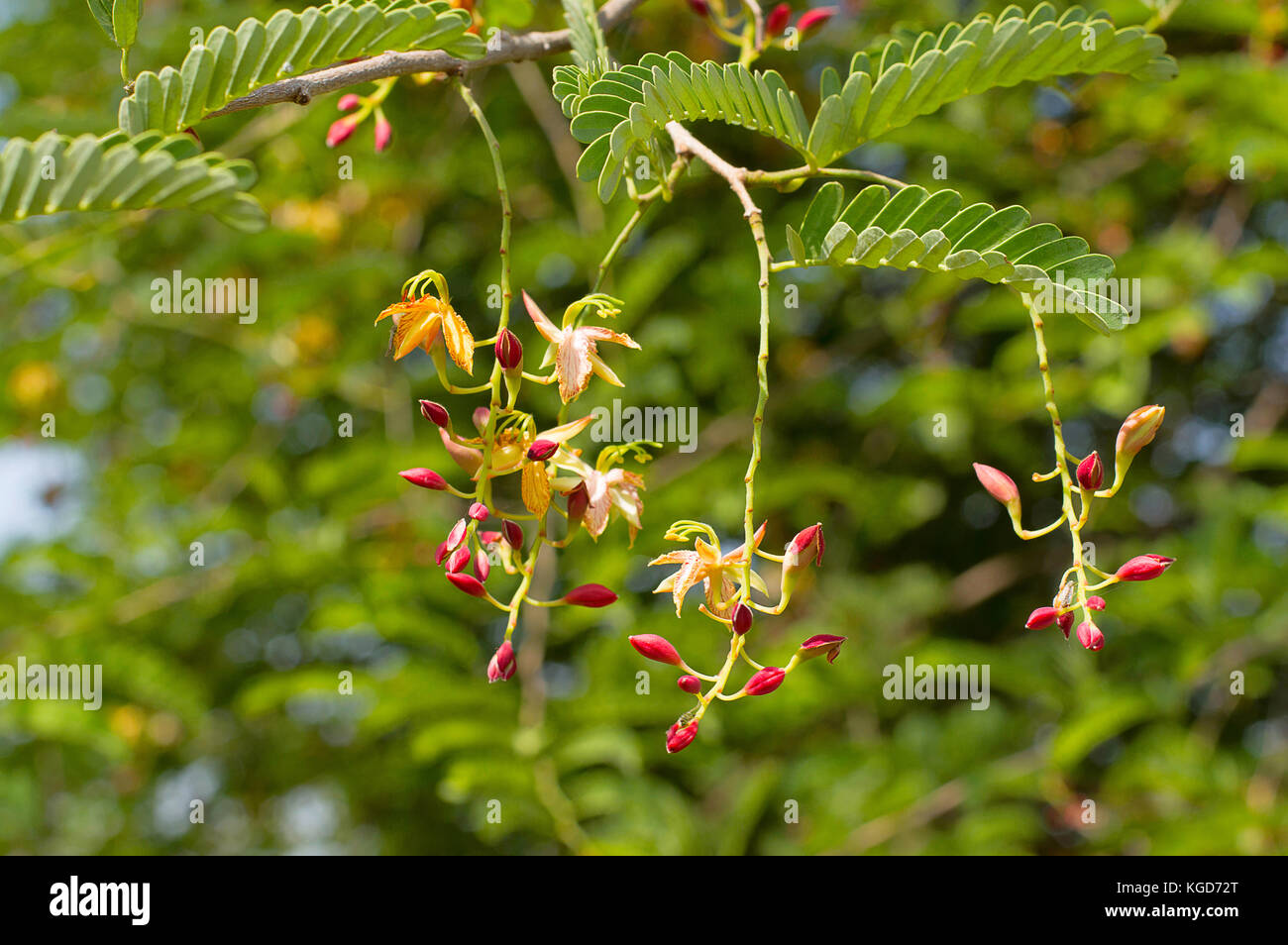


Tamarind Flowers High Resolution Stock Photography And Images Alamy


Tamarind Wikipedia


Wild Tamarind Leon Levy Native Plant Preserve



Pdf Tamarind


Carrotwood Tuckeroo Eat The Weeds And Other Things Too


Wild Tamarind



Tamarind Bonsai Trees Updated A Complete Guide 2tbonsai Com



Amazon Com Wild Tamarind 15 Seeds Leucaena Leucocephala Fast Grower Multi Purpose Blooms All Year Rare Unusual Tropical Plants Nitrogen Fixing Garden Outdoor



585 Wild Tamarind Photos Free Royalty Free Stock Photos From Dreamstime



Green Gardening It S Time To Make Room For Butterflies


